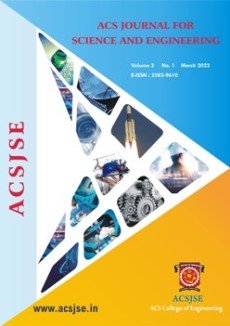Design of High Performance Operational Transconductance Amplifier
DOI:
https://doi.org/10.34293/acsjse.v3i2.81Keywords:
Operational Trans conductance Amplifier, Analog to Digital Converter, Complementary Metal Oxide Semiconductor, Operational Amplifier, PMOS, NMOSAbstract
Designing high-performance analog circuits is becoming increasingly challenging with the persistent trend toward reduced supply voltages. The main bottleneck in an analog circuit is the operational amplifier. At large supply voltages, there is a trade off among speed, power, and gain, amongs to ther performance parameters. Often these parameters present contradictory choices for the op-amp architecture. At reduced supply voltages, output swing becomes yet another performance metric to be considered when designing the opamp. Of the several architecture folded cascode OTA is used in which all the transistors are in saturation regime. Furthermore, in an effort to reduce costs and integrate analog and digital circuits onto a single chip, the analog designer must often face the challenges using CMOS processes. This paper covers the design and implementation of a novel CMOS folded cascode OTA designed in 1m technology. Covered topic include current source and sinks, differential amplifier, compensation techniques, two stage compensated OTA and cascode OTA. Our design emphasis is on practical design where power consumption and speed are critical. The OTA has very low settling time and can be used for high speed applications, such Analog-to–Digital converters, high speed Sigma-delta ADC.
Downloads
Published
Issue
Section
License
Copyright (c) 2023 G. Vasudeva, Mandar Jatkar

This work is licensed under a Creative Commons Attribution-ShareAlike 4.0 International License.






